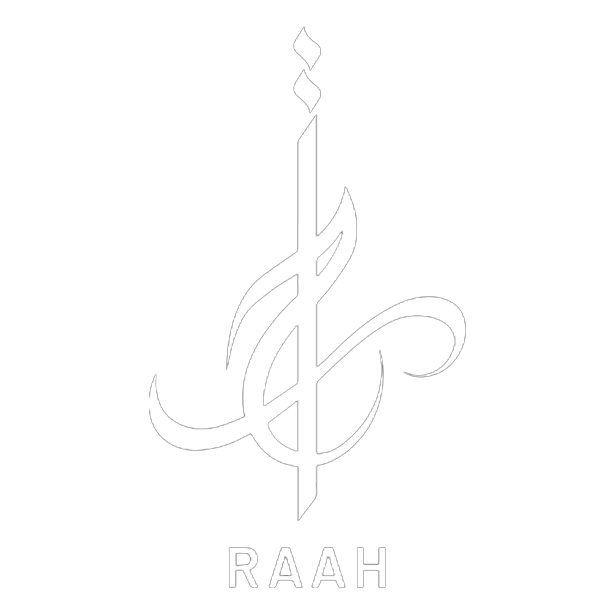Throughout history, Egyptian civilization has left an indelible mark on human culture through its rich symbolism and mythological narratives. These symbols—particularly those related to the sun and sight—continue to influence contemporary art, design, and technological innovation. By exploring the enduring significance of these themes, we gain insight into how ancient ideals shape modern perceptions of illumination, perception, and protection.
Table of Contents
- The Sun in Egyptian Mythology and Its Broader Cultural Significance
- Sight and Vision in Ancient Egyptian Beliefs
- The Eye of Horus: From Ancient Amulet to Modern Symbol
- The Evolution of Egyptian Blue Pigment and Its Symbolic Connotations
- The Role of the Scribes and Knowledge Transmission in Preserving Symbolism
- Navigational and Cosmic Symbolism: Scarabs and the Milky Way
- Non-Obvious Connections: Depths of Egyptian Symbolism in Modern Technology and Culture
- Conclusion: The Enduring Power of Egyptian Sun and Sight Symbols in Shaping Modern Perceptions
The Sun in Egyptian Mythology and Its Broader Cultural Significance
In ancient Egypt, the sun was not merely a celestial body but a powerful divine symbol. The sun god Ra was central to Egyptian religion, embodying creation, life, and kingship. Ra’s journey across the sky represented the cycle of day and night, symbolizing renewal and eternal life. Solar imagery was pervasive in temples, tombs, and artifacts, reinforcing the idea that the sun’s light illuminated the truth and upheld cosmic order.
The symbolic meanings of the sun extend beyond mythology into modern culture. Logos such as those of energy companies or organizations emphasizing clarity and power often incorporate solar motifs. Artists use bright, radiant colors to evoke vitality and enlightenment, echoing ancient associations of the sun with divine illumination and knowledge.
Transition into Modern Expressions
Today, the sun’s symbolism appears in corporate branding, digital media, and art installations, often representing innovation, energy, and clarity. For example, the use of a radiant circle in logos aims to evoke trust and vitality, mirroring the ancient reverence for the sun’s life-giving power.
Sight and Vision in Ancient Egyptian Beliefs
Perception and sight held spiritual significance in Egyptian culture. The concept of divine sight extended beyond physical vision, representing insight, wisdom, and enlightenment. Pharaohs and priests were believed to possess a form of divine perception that connected them to the divine realm, often depicted through symbols like the “Eye of Horus.”
Egyptian artisans and scribes used visual symbolism extensively in hieroglyphs and amulets to convey spiritual truths. These symbols functioned as tools to transmit divine knowledge and protected the wearer or owner from harm, emphasizing the importance of sight not only as a sensory organ but as a conduit of spiritual insight.
The Eye of Horus: From Ancient Amulet to Modern Symbol
One of the most iconic symbols of Egyptian culture, the Eye of Horus originated from mythological stories of protection and restoration. It represented the eye of the falcon-headed god Horus, who was associated with kingship and divine authority. The symbol was believed to have protective powers, safeguarding individuals in life and ensuring rebirth in the afterlife.
In contemporary times, the Eye of Horus has transcended its original context, becoming a popular motif in jewelry, branding, and even digital culture. Its design encapsulates universal themes of protection and insight, making it a powerful emblem that continues to resonate today. For those interested in exploring how ancient symbols adapt into modern entertainment, visiting a site like just missed the bonus again can provide a playful glimpse into the ongoing fascination with these motifs.
The Evolution of Egyptian Blue Pigment and Its Symbolic Connotations
Egyptian blue, one of the earliest synthetic pigments, was created through a complex process involving copper and calcium compounds. Its vibrant hue symbolized divinity, truth, and the divine eye, often seen in royal and religious artifacts. Blue’s association with the sky and water connected it to the divine realm and eternal life.
This symbolism persists in modern art and design, where blue continues to evoke trust, serenity, and spiritual depth. From corporate logos to contemporary paintings, the ancient connotations of Egyptian blue endure, illustrating how material culture can carry symbolic meaning across millennia.
The Role of the Scribes and Knowledge Transmission in Preserving Symbolism
Ancient Egyptian scribes were custodians of knowledge, responsible for recording religious texts, royal decrees, and mythological stories. Their profession underscored the importance of sight and written language as tools of spiritual and cultural transmission. The act of writing was seen as a divine gift, bridging the human and divine realms.
Modern educational tools and iconography often reflect this reverence for knowledge and sight. Symbols like the open book or eye motifs in logos highlight the enduring value placed on vision and understanding as pathways to enlightenment.
Navigational and Cosmic Symbolism: Scarabs and the Milky Way
The scarab beetle symbolized rebirth and protection, inspired by the dung beetle’s behavior of rolling a ball of dung—akin to the sun’s daily journey across the sky. Ancient Egyptians believed scarabs navigated using the stars, particularly the Milky Way, which they saw as a cosmic path guiding souls through the afterlife.
This celestial navigation symbolism influences modern science and technology, especially in fields like astronomy and space exploration. The idea of orienting oneself using cosmic cues echoes ancient Egyptian practices, emphasizing the timeless human fascination with the universe’s vastness and our place within it.
Non-Obvious Connections: Depths of Egyptian Symbolism in Modern Technology and Culture
Modern visual technologies—such as cameras, sensors, and facial recognition—draw inspiration from ancient symbolism of sight and perception. The concept of divine sight has evolved into sophisticated machines capable of “seeing” beyond human capacity.
Furthermore, Egyptian symbols like the Eye of Horus are employed in cybersecurity and encryption, representing protection against unseen threats. The motif’s association with safeguarding information underscores its relevance in digital security. Additionally, Egyptian motifs frequently appear in contemporary fashion and digital media, reflecting a cultural resurgence rooted in their symbolic power.
Conclusion: The Enduring Power of Egyptian Sun and Sight Symbols in Shaping Modern Perceptions
“Ancient symbols are living artifacts, continuously reinterpreted to fit modern narratives of light, perception, and protection.”
The symbolism of the sun and sight from ancient Egypt continues to influence contemporary culture, from art and design to technology and digital security. These symbols embody universal human themes—illumination, understanding, and safeguarding—that transcend time and geography. As we develop new ways of seeing and protecting in the digital age, the timeless principles embedded in Egyptian symbolism remind us of our enduring connection to the cosmos and the divine.
























